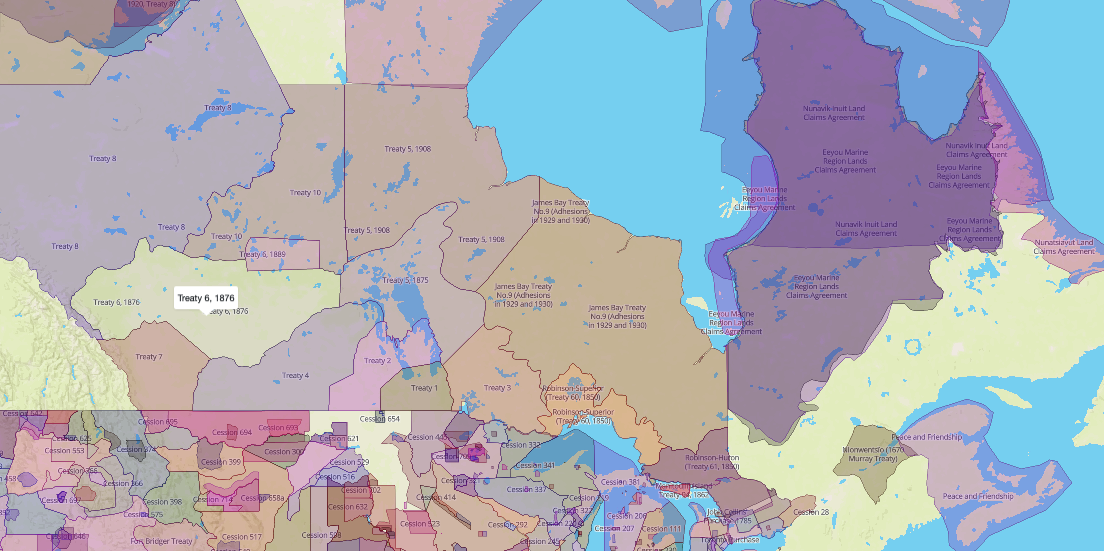We invite you to contribute to this folksonomy of Treaty People on Turtle Island, which is a type of a taxonomy and sort of a wiki. It attempts to establish a common vocabulary at best or, at the very least, an understanding of both the Indigenous and non- Indigenous takes on words, phrases and concepts used by the two different cultures of Settlers & Indigenous Peoples in Canada and the United States. We understand that both English and French are spoken in Canada and that there are Metis People who speak French and have Indigenous family.
For the purposes of this study we will use mostly English as it is the dominant language of Canada and the United States and most peoples in both nations speak or understand some English. Therefore, the English language is considered common ground between these cultures and one on which we can begin to relate. We acknowledge that every Indigenous Nation in Canada has its own distinct culture and language. For the purposes of this Cultural Commons we are following what we see as a “taxonomy”arrangement and guide to good relations between Settlers and First Peoples as set forth by the Chiefs of the first Treaty, the “grandfather” of all Treaties, the 2 Row Wampum.
CREATE YOUR TREATY DICTIONARY. Once you become a contributor we invite you to create your Treaty Dictionary. This means that you will go from A to Z and assign a word to each letter that means something to you with respect to your treaty experience. For example. A is for Ally. B is for Blanket. C is for Caring. You get the gist! Sign up to below to get started!
A conceptual arrangement was set forth by the Chiefs of the 2 Row Wampum who essentially said that we should live together in peace, friendship and respect with an understanding of each others Laws, Customs and Ways.
“The Two Row Wampum Treaty, also known as Guswenta or Kaswentha and as the Tawagonshi Agreement of 1613 or the Tawagonshi Treaty, is a mutual treaty agreement, made in 1613 between representatives of the Five Nations of the Iroquois (Haudenosaunee) and representatives of the Dutch government in what is now upstate New York. The agreement is considered by the Haudenosaunee to be the basis of all of their subsequent treaties with European and North American governments, and the citizens of those nations, including the Covenant Chain treaty with the British in 1677 and the Treaty of Canandaigua with the United States in 1794.”– from Wikipedia
Abstracting from this foundation the six main categories of this taxonomy located in the main menu show this treaty request. May it serve as a starting point for building relationships.
We invite you help us by adding words, phrases or concepts that you know, have heard, want to research or want to have others add their knowledge to. Please start by fill out the form below and sharing with us why you think this Treaty Taxonomy/Folksonomy will help better relations between First Peoples and Settlers and what you bring to the table with respect to knowledge, experience and desire to learn! We will get back to you with an invite to join as a contributor and work on this much needed shared vocabulary project.
